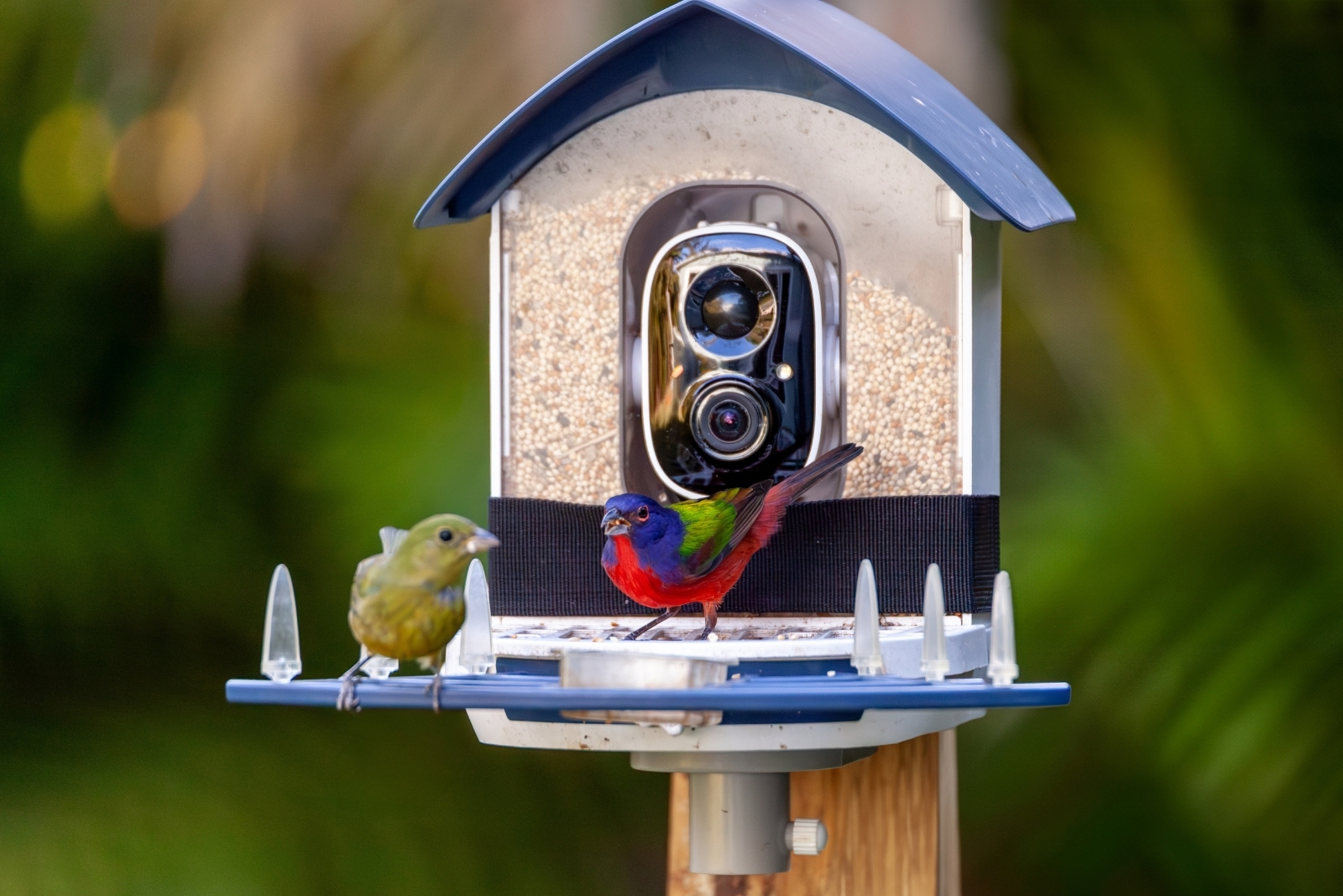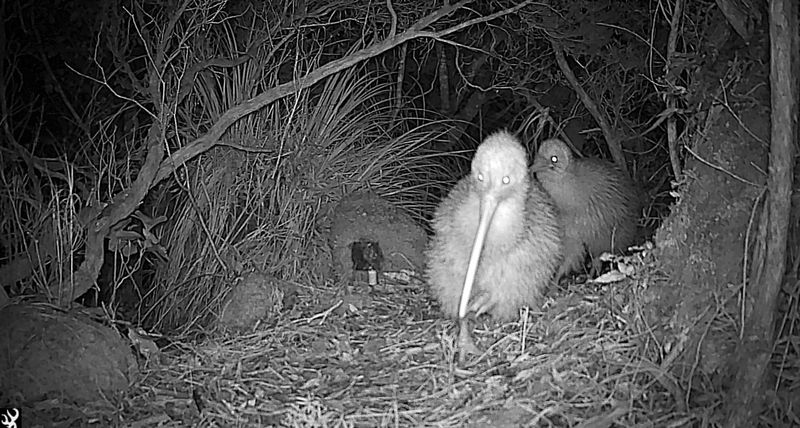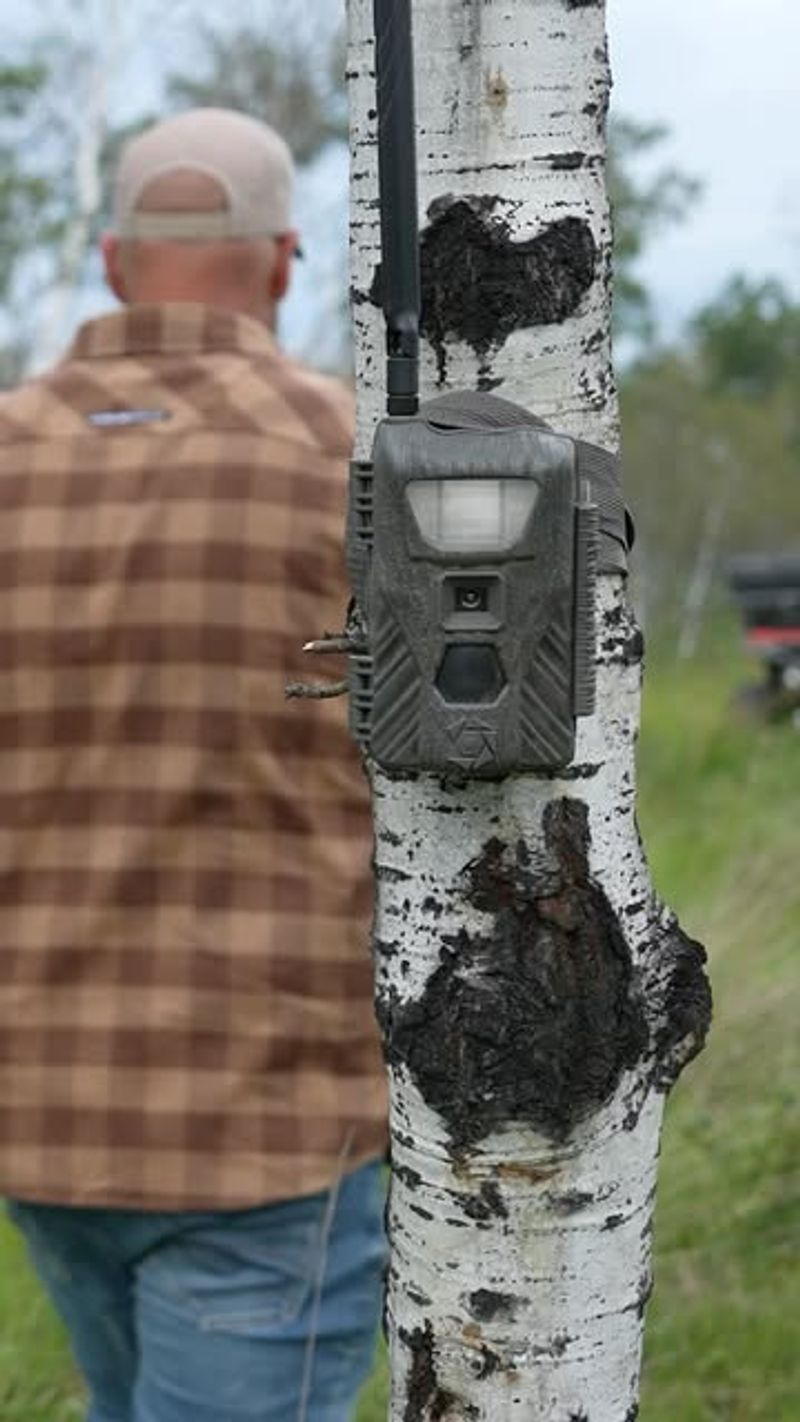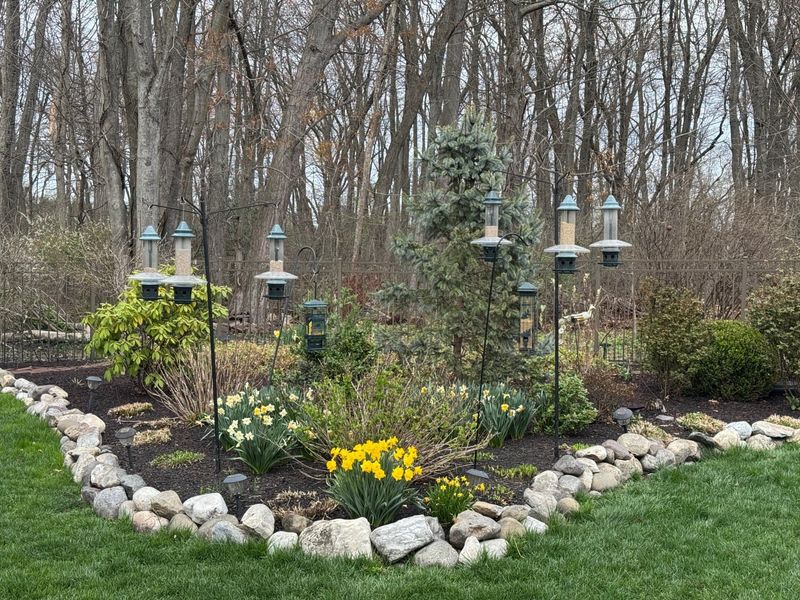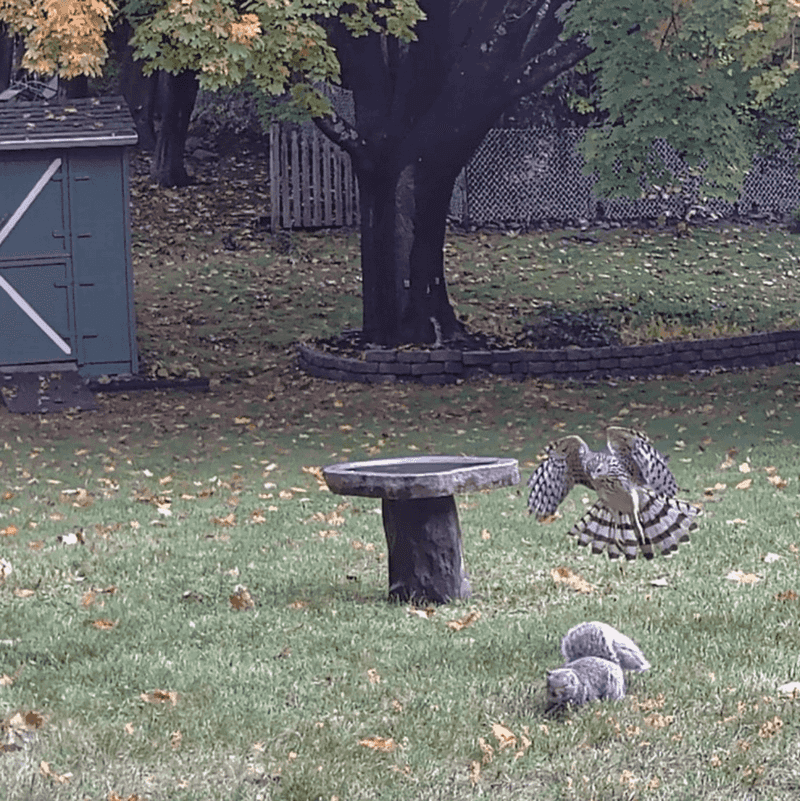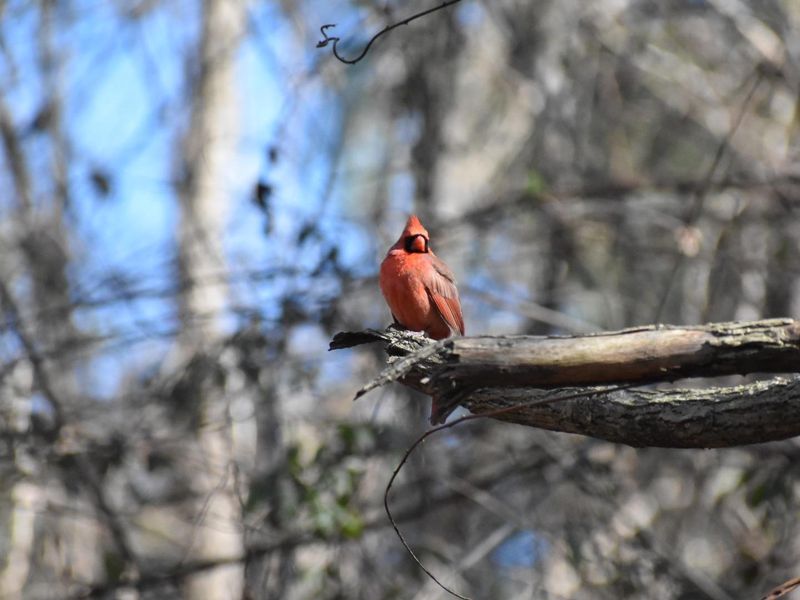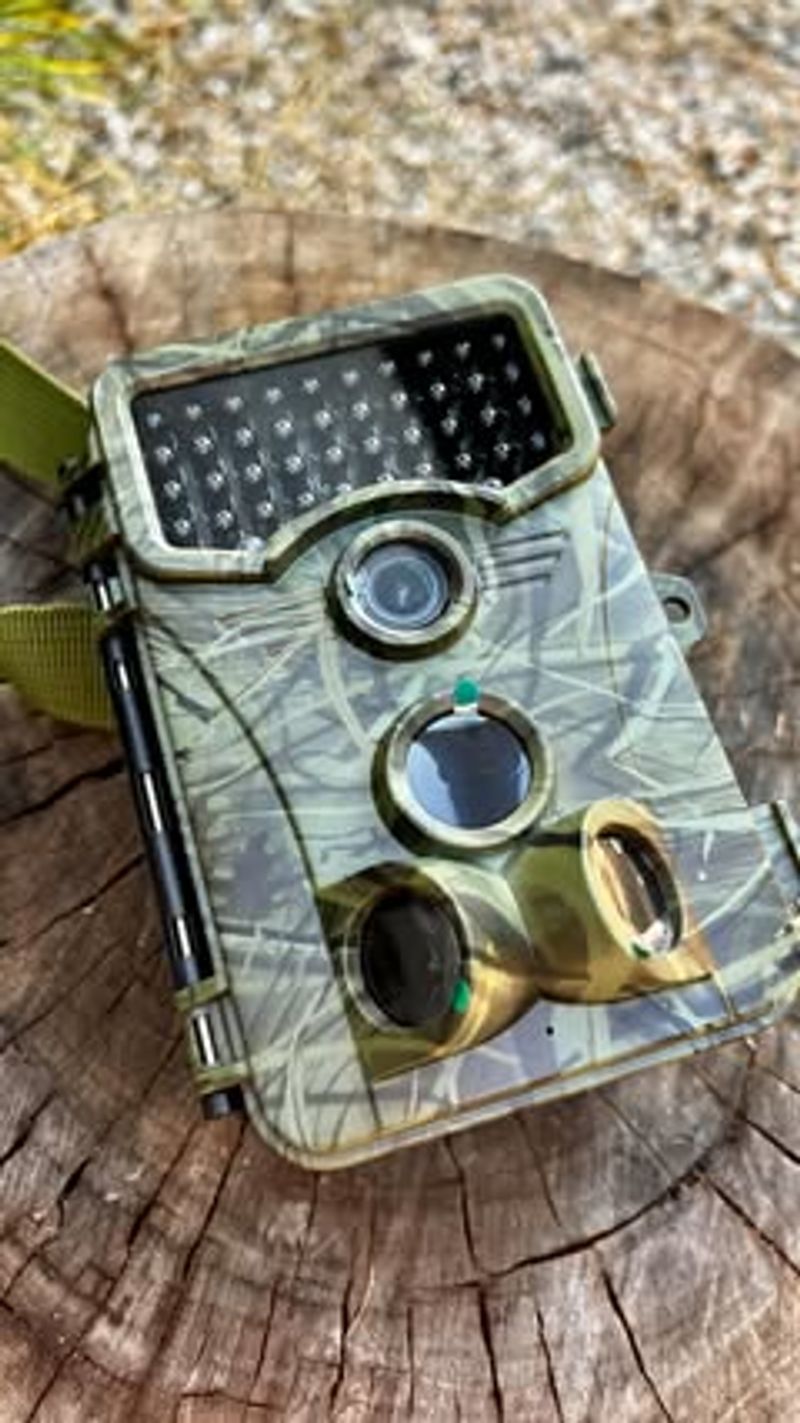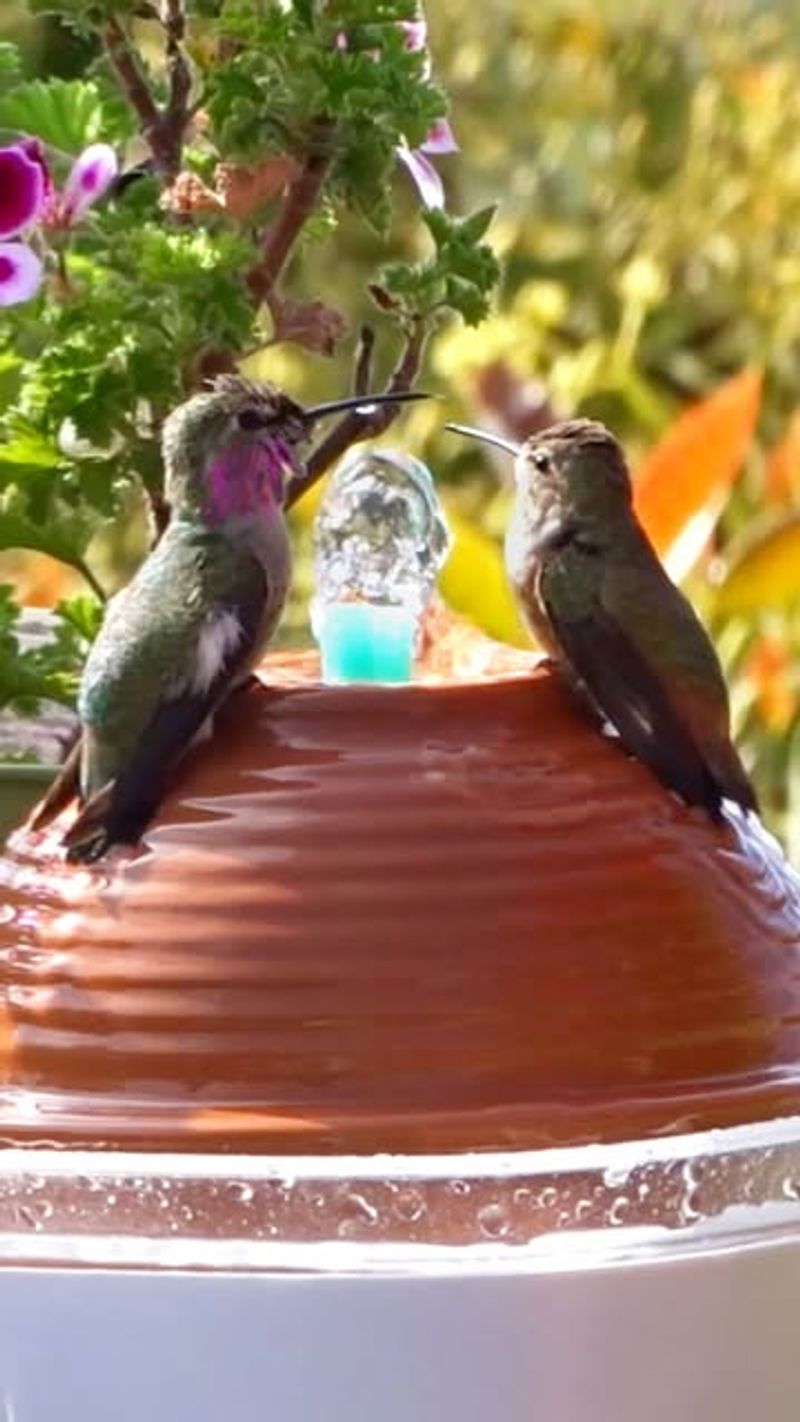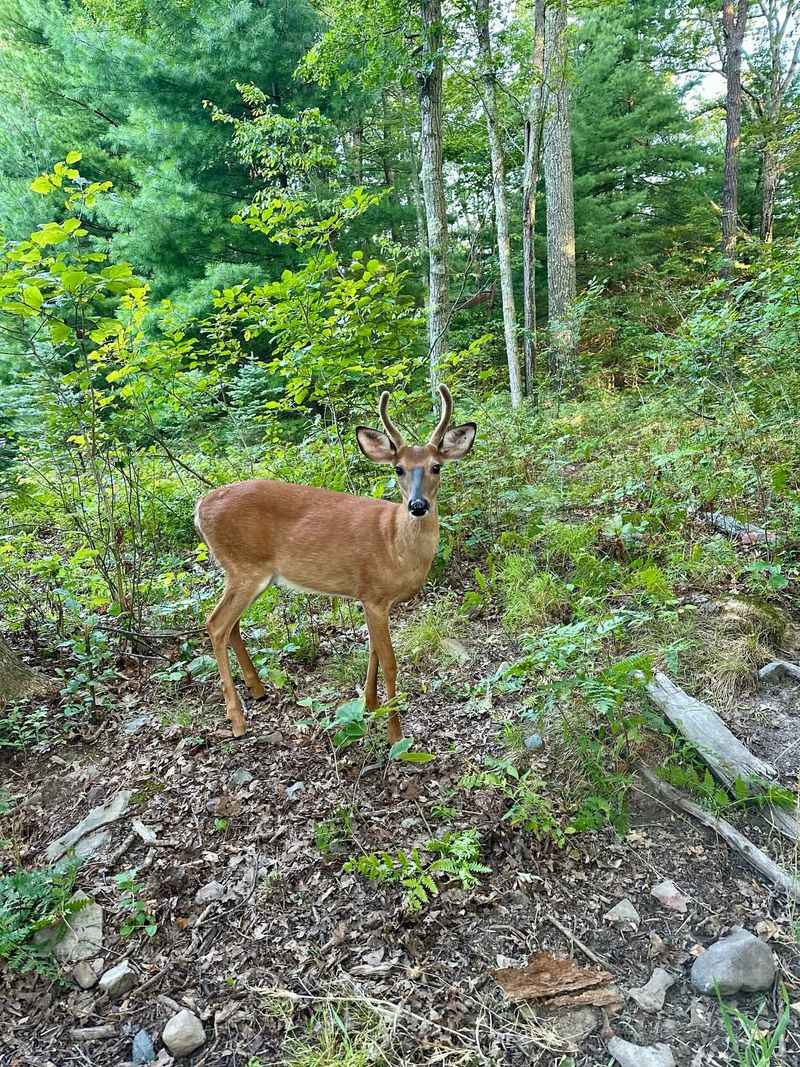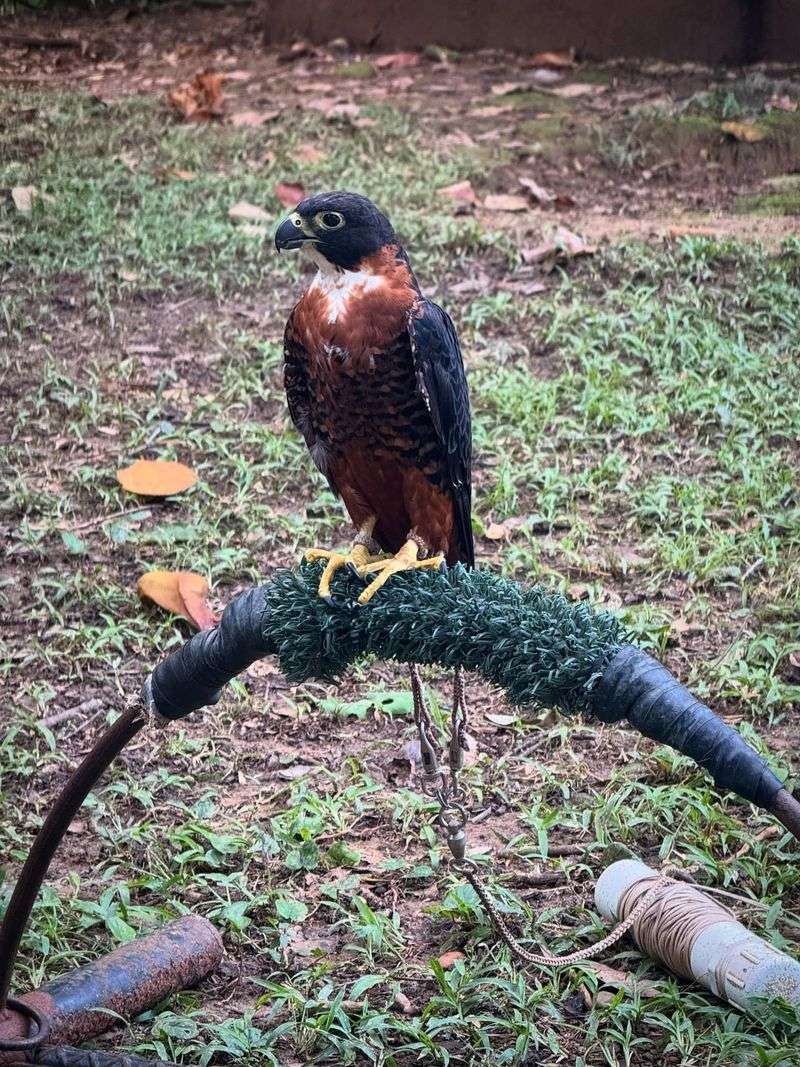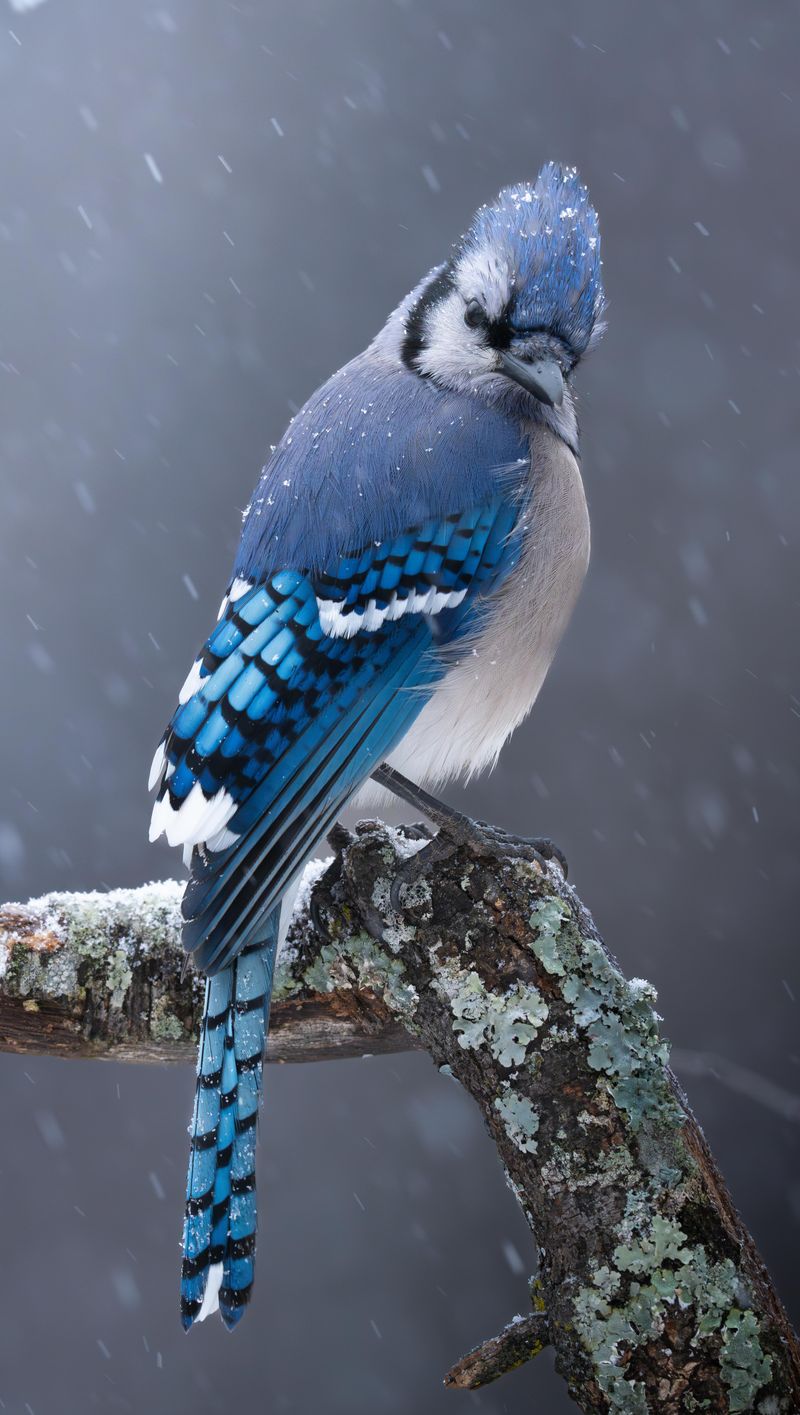Missouri backyards are full of hidden wildlife just waiting to be noticed. I started setting up a camera and was amazed by all the creatures that visit when no one is watching.
Birds, rabbits, and even the occasional fox make appearances if you know where to place your equipment. A few simple adjustments can make your camera capture the best moments.
Soon, your backyard will be full of surprising, up-close glimpses of local wildlife.
1. Choose the Right Camera
Trail cameras with motion sensors work best for wildlife monitoring. Look for models with night vision, weather resistance, and at least 20MP resolution for clear Missouri wildlife shots.
Battery life matters too! Many Missouri photographers prefer cameras that last 6+ months on a single set of batteries, especially for remote setups in wooded areas.
2. Scout Your Property
Walk your yard looking for animal tracks, droppings, or natural pathways. These clues reveal high-traffic areas where Missouri wildlife regularly passes through.
Early morning exploration often reveals the most evidence. Missouri’s rich ecosystem supports diverse wildlife – from white-tailed deer to raccoons – each leaving distinctive signs for observant homeowners.
3. Set Up Feeding Stations
Strategic feeding areas attract wildlife to camera-ready spots. Native berry bushes, corn feeders, or bird seed stations work wonderfully in Missouri’s varied climate zones.
Position these stations 10-15 feet from your camera. Many Missouri wildlife enthusiasts use multiple feeding types to attract different species, from deer-friendly corn to songbird-attracting sunflower seeds.
4. Mount Cameras Strategically
Secure cameras 3-4 feet above ground on sturdy trees or posts. Aim toward feeding areas or trails while avoiding direct sunlight that creates false triggers.
Missouri’s seasonal changes require occasional adjustments. During fall, reposition cameras to capture deer during rutting season, when these magnificent Missouri natives become more active and less cautious.
5. Adjust Camera Settings
Configure your camera’s sensitivity based on target animals. Higher sensitivity works for smaller creatures like Missouri’s chipmunks, while lower settings prevent excessive triggers from blowing leaves.
Set time-lapse features for dawn and dusk – prime activity times for Missouri wildlife. Most cameras allow customized recording intervals and burst modes for capturing quick-moving animals.
6. Create Natural Blinds
Camouflage your camera setup using native Missouri vegetation. Arranging branches, leaves, or tall grasses around cameras reduces their visibility while maintaining a clear lens view.
Animals quickly notice unfamiliar objects. Many Missouri photographers report that properly disguised cameras capture more natural behaviors, especially from cautious species like foxes and coyotes.
7. Establish Water Features
Small ponds or bird baths attract diverse wildlife, especially during Missouri’s hot summers. Position cameras overlooking these water sources for guaranteed activity.
Even simple setups work wonders! A shallow dish refreshed regularly draws birds and small mammals, while larger Missouri creatures like deer often visit backyard ponds during dawn and dusk hours.
8. Manage Scent Control
Animals have keen noses that detect human scent. Wear gloves when handling cameras and use scent-eliminating spray around your setup areas.
Missouri’s white-tailed deer are particularly scent-sensitive. Many successful wildlife photographers store their equipment outside before installation, allowing it to absorb natural Missouri woodland scents rather than household odors.
9. Create Data Management System
Establish a routine for checking SD cards and batteries. Missouri’s changing seasons affect battery life – cold winters drain power faster than mild fall days.
Label everything clearly! Many Missouri wildlife enthusiasts use waterproof notebooks to track which cameras captured specific animals and when, creating valuable data about backyard wildlife patterns throughout the year.
10. Follow Local Regulations
Check Missouri Department of Conservation guidelines before setting up cameras. Some areas have restrictions, especially during hunting seasons or near protected habitats.
Respect property boundaries when positioning cameras. Missouri law requires permission when placing cameras near neighboring properties, and ethical wildlife photographers always prioritize animal welfare above getting the perfect shot.

